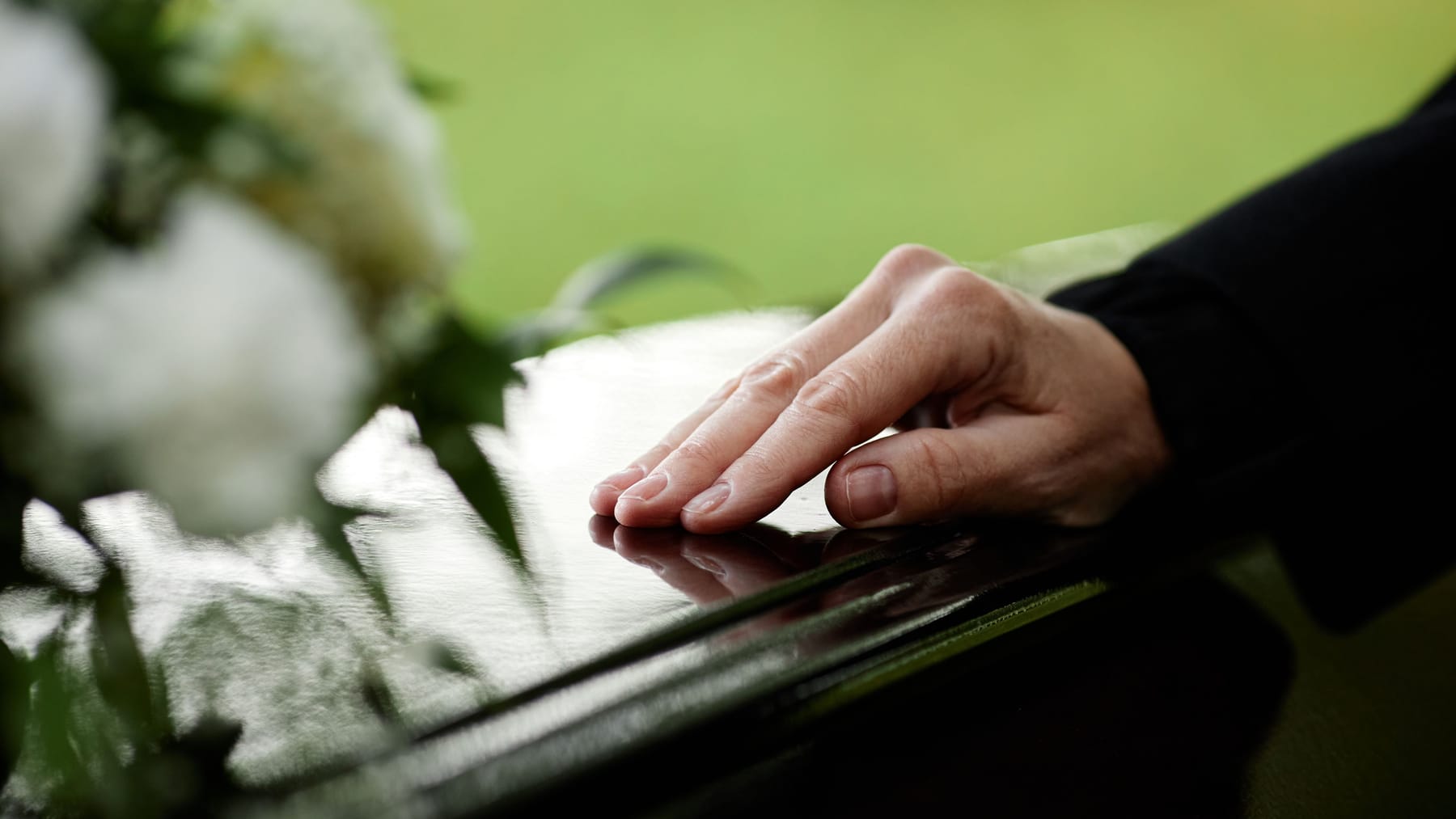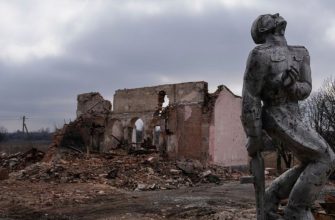A pick-up of the dead in a Salzburg retirement home caused massive criticism. Could something like this have happened in Germany?
Most Germans want to die within their own four walls. In reality, however, this is only the case in around a third. The vast majority (62 percent) die in hospitals, palliative care facilities or retirement homes. This is shown by a representative survey by the “German Hospice and Palliative Association” from 2022. As a result, many deceased people are transported away more or less publicly.
“Of course you try to avoid something like that.”
Picking up the deceased from nursing homes is common practice for most funeral homes. It varies greatly depending on the institution. “Some retirement homes make sure that collection takes place without the knowledge of the other residents if possible – others pay less attention,” says Oliver Schulz, an undertaker for nine years, in an interview with t-online. In some facilities, collections were therefore only carried out in the evening around 10 p.m., when the majority of the residents were already asleep.
However, Schulz has never experienced a deceased person being brought through a dining room: “Of course we try to avoid something like that.” A Berlin undertaker, who does not want to be named, is also not aware of a situation similar to that in Salzburg. “I am now assuming that my colleagues did this for a reason,” she says.
Asta Maria Krohn, an undertaker in Berlin, takes a more critical view: “I think the dismay is justified: It is said that we should bring death more into society, but quite literally this is probably not the right way.”
Normally the undertaker comes the following day
One possible explanation: Bodies must be picked up within a certain period of time. In Germany there are different regulations depending on the federal state. According to the undertaker, in Berlin there is a deadline of around 36 hours. For Austria, however, there is no clear legal regulation for collection.
“It’s a matter of hygiene. Some old people’s homes have extra cold rooms, so later collection is possible,” says Schulz, who works at a funeral home in Kassel. Normally the bodies would be collected the day after death. Collection can only take place after a doctor has examined the body. It is not yet known how long the person had died in the Salzburg retirement home.
Another reason for the transport through a fully occupied dining room could be the structure of the building itself, says the undertaker from Berlin: “The spatial conditions on site play a big role; from a structural point of view, it could be the case that you actually ‘just’ have to interact with the deceased. comes through the dining room.” However, from her previous experience, she was not aware of any case in which a deceased person had to be brought through a dining room. “In old people’s homes that pay attention to this, you are usually asked to go through the back entrance,” adds Schulz. Others would have no alternative entrance. In Berlin, the home management actually wanted people to pick them up without making a big fuss, says the undertaker. “Death is still a taboo subject.”
Risk of infection when the dining room is full
Asta Maria Krohn cannot imagine that there is no other exit from the home. After all, suppliers and visitors would also have to go through the dining room. But even if there were no alternatives, “one would have had to wait until the seniors had eaten their meal and left the hall.” So there is a risk of infection.
The home management is responsible for this. After all, they have house rules. She “should have explained or intervened. In this respect, I think it is specious to try to blame the funeral home alone for this incident,” says Krohn.







